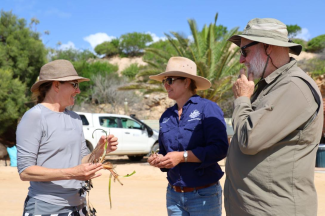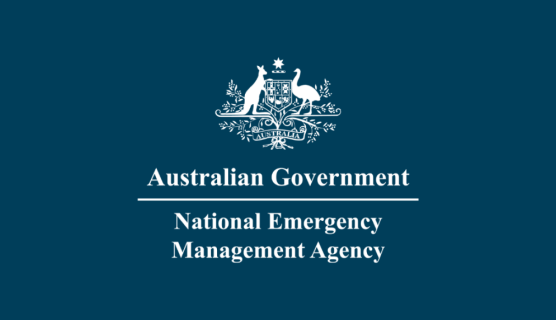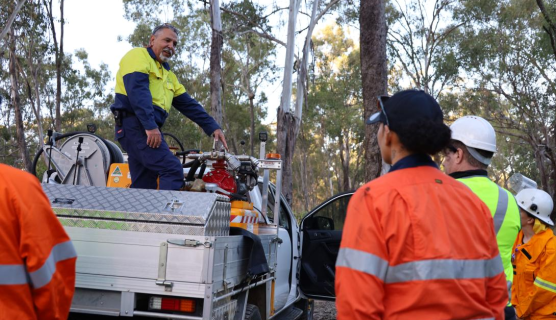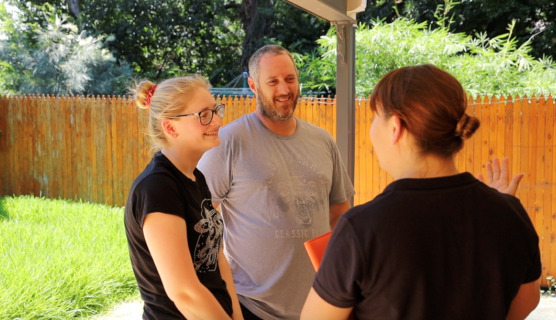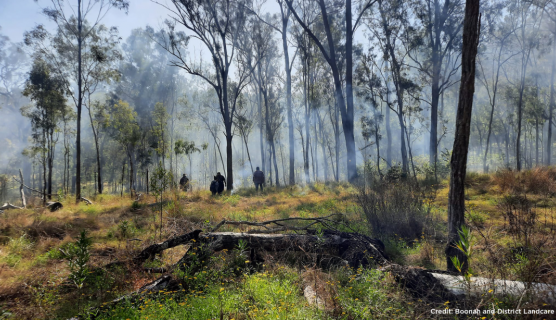Programs built to prepare and support
One program helping with preparedness is the Coastal and Estuarine Risk Mitigation Program (CERMP). This program is designed to help drive long term resilience and sustainability by supporting projects that mitigate the impact of disasters on communities and economies.
Some of the areas of focus for the program include investment in grey infrastructure and green-blue infrastructure plus specialised monitoring infrastructure to understand the coastal and estuarine zone over time
On 13 February 2022 the Australian Government announced a $50 million Coastal and Estuarine Risk Mitigation Program to help reduce the impact of disasters on coastal communities. Successful applicants from around the country were recently announced with a number of large scale projects located in WA.
These projects are tackling coastal climate impact with initiatives that include things like refurbishing seawalls, breakwater upgrades and pipeline infrastructure to erosion hotspots.
There are also other initiatives that are addressing the increased flood risk as a result of climate change.
Located 800 kilometres north of Perth, Shark Bay is on Australia’s most western point. This World Heritage site is best known for its dugong population, vast seagrass beds, and the most diverse and abundant examples of living marine stromatolites, or 'living fossils', in the world.
The University of Western Australia (UWA) is working with the Malgana Rangers to combat seagrass loss due to climate change. One way they are achieving this is by using sand bags on the sea floor to slow water and provide a place for seedlings to attach in order to grow new meadows.
This project is an example of different parts of the community coming together to combat and reduce the damage and prepare for increasingly intense and frequent natural hazards. And these efforts go beyond the wellbeing of their own community to ensure the preservation of a unique natural wonder.
